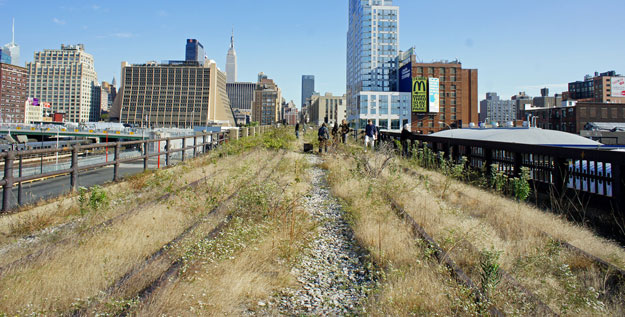Some artwork of mine appears in the current issue of New Dead Families, an online magazine of contemporary fiction, mostly. Editor Zack Wentz describes the publication:
In some alternate universe there is my ideal periodical: a cross between H.L. Gold’s Galaxy, and Gordon Lish’s the Quarterly, and/or Michael Moorcock’s New Worlds and Bradford Morrow’s Conjunctions. In the '70s there were a number of original paperback anthologies that came close: Damon Knight’s Orbit series, Judith Merril’s numerous SF bests, and Harry Harrison’s Nova.
But where are those sorts of literary venues now? Where could that kind of work go now?
Perhaps New Dead Families is that periodical, in that place, and by some quantum trick I have pushed/pulled that alternate universe into my own. This.
Perhaps.
We can certainly try, can’t we?
I'm still reading the stories but am enjoying them so far. Am pleased to be featured in this venue.

